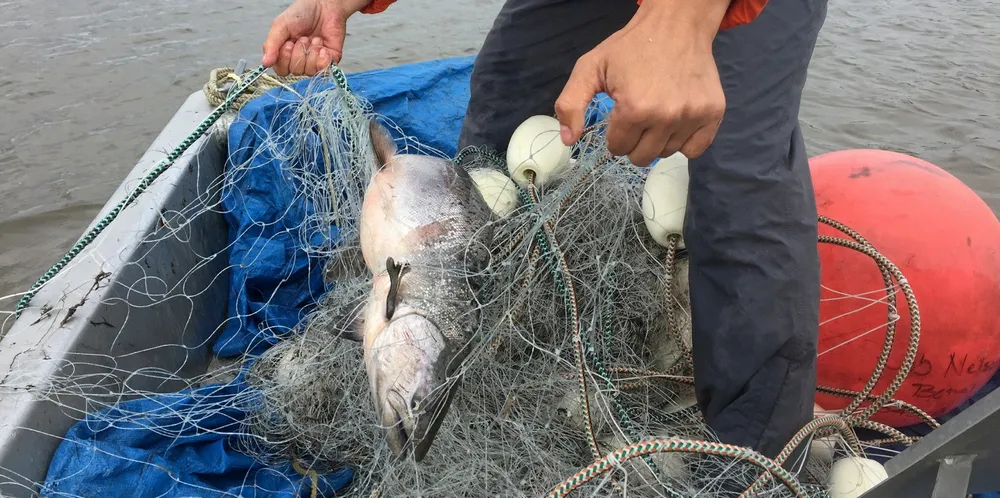Alaska pollock industry warns of full fishery closure if subsistence advocates push through 'hard cap' on chum salmon bycatch
Pollock industry leaders have said the proposed hard caps would shut down the commercial fisheries.

Pollock industry leaders have said the proposed hard caps would shut down the commercial fisheries.
